Best Selling Products
Apple Unexpectedly "Revives" SpO₂ on Apple Watch with iOS 18.6.1
Nội dung
Apple's release of iOS 18.6.1 and watchOS 11.6.1 is not simply a maintenance update or bug fix, but actually an important milestone in the company's digital health development roadmap.
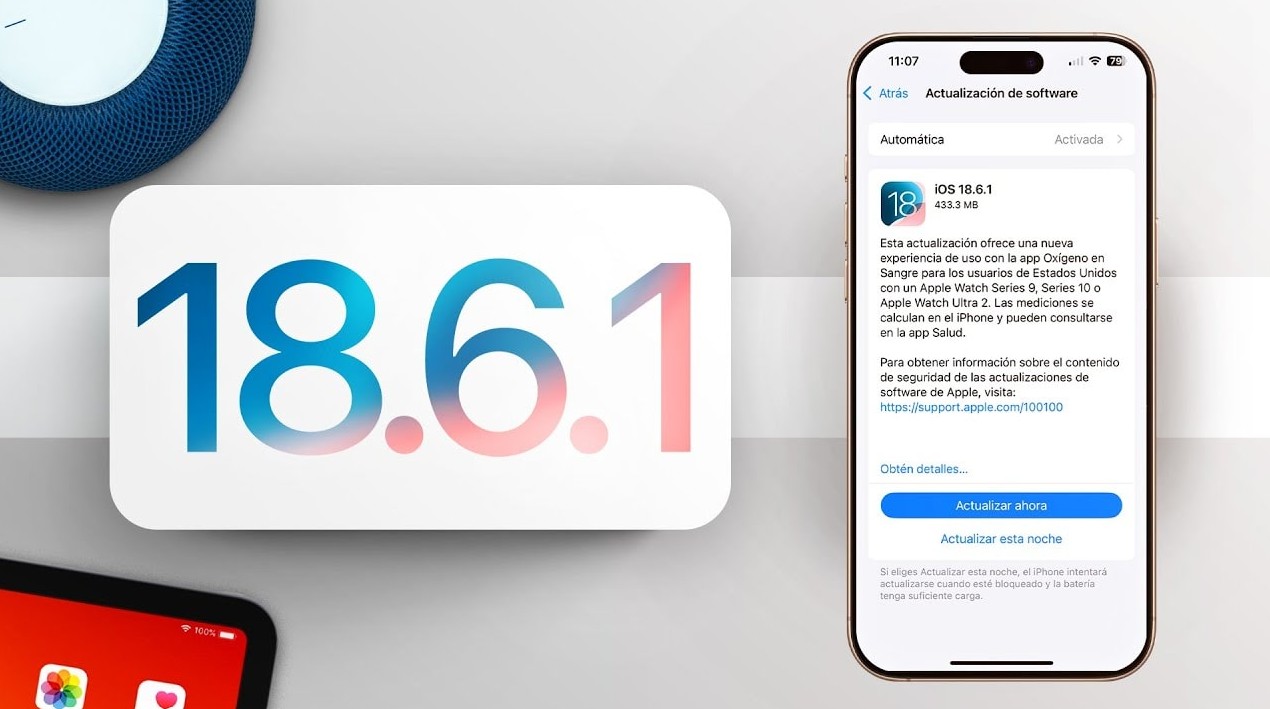
Not long after releasing iOS 18.6 and watchOS 11.6, Apple continued to surprise when announcing the iOS 18.6.1 and watchOS 11.6.1 updates. This is not simply a security patch or a minor bug fix, but an important milestone marking the return of a health feature that the Apple Watch user community has been waiting for: the function of measuring blood oxygen levels (SpO₂). This is especially true in the context that this feature has been disabled in the US market for many months due to the long-standing legal dispute between Apple and health technology company Masimo.
Apple’s return to SpO₂ is more than just a technical decision; it’s a reflection of its technology strategy. It’s also the first step toward a series of advanced health features that are expected to appear in new products, including the upcoming Apple Watch Series 11.
1. Reasons why the SpO₂ feature is disabled
To understand the significance of iOS 18.6.1 and watchOS 11.6.1, it is necessary to look back at one of the most prominent technology lawsuits in the field of smart wearables in recent times. The legal battle between Apple and Masimo, a company specializing in oxygen concentration measuring devices and medical devices, has been going on since 2020. Masimo accused Apple of infringing on a patent related to SpO₂ measuring technology that the company has long developed.
The case culminated in late 2023, when the US International Trade Commission (ITC) ruled that Apple should stop importing and selling certain Apple Watch models, including the Series 9 and Watch Ultra 2, in the US market. As a result, Apple was forced to temporarily suspend sales of these two flagship product lines right before Christmas.
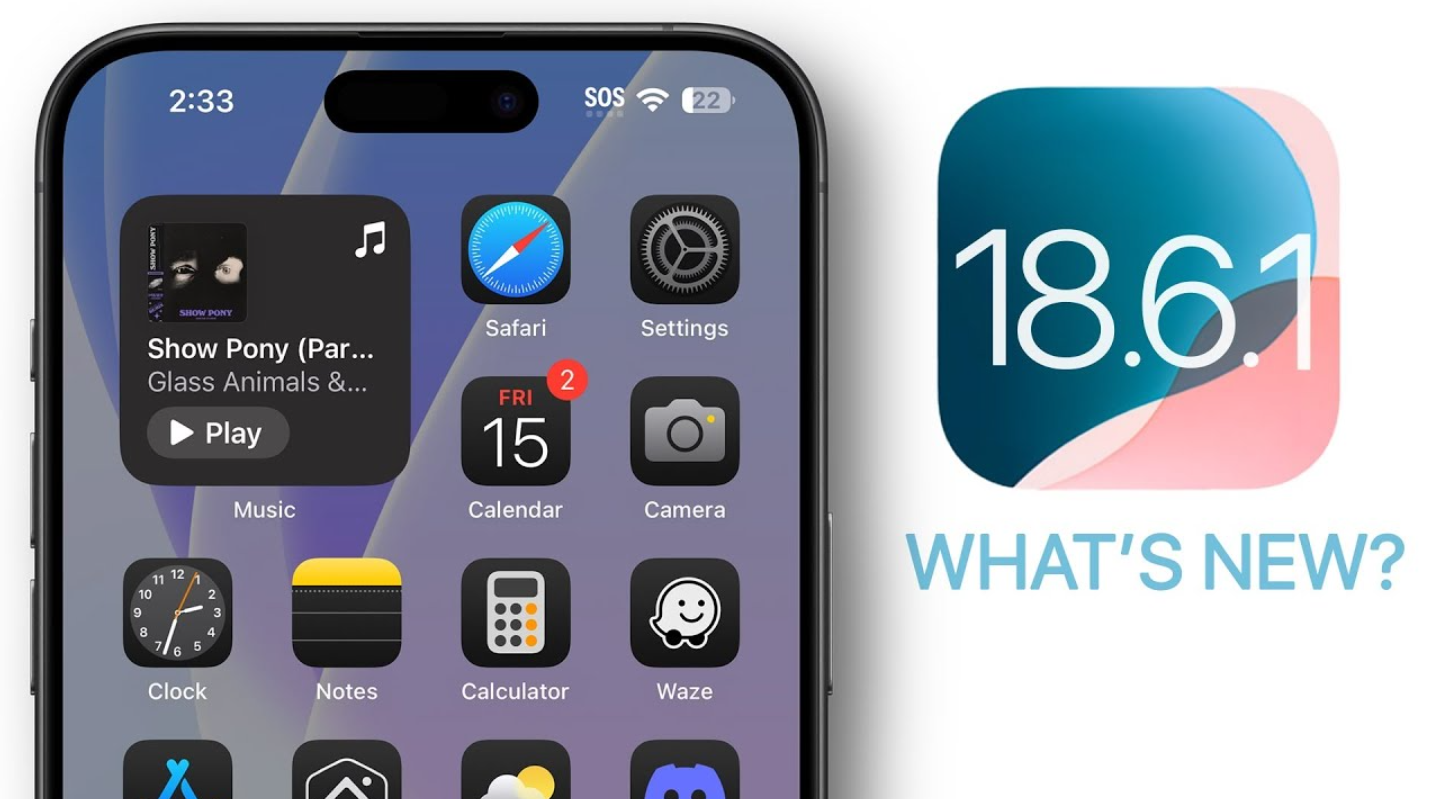
Although Apple successfully appealed and brought the product back to market in early 2024, the company was forced to disable the SpO₂ measurement feature on watch models sold in the US to comply with legal requirements. This not only limited the experience for new users, but also caused inconvenience for existing customers when they brought their watches in for repair, because the device after warranty or replacement would lose the ability to measure blood oxygen.
In that context, the restoration of the SpO₂ feature in iOS 18.6.1 and watchOS 11.6.1 is considered good news, not only for Apple Watch users in the US but also a sign that Apple is gradually removing legal barriers to bring a more complete experience.
2. iOS 18.6.1: health features
Apple’s release of iOS 18.6.1 and watchOS 11.6.1 is more than just a maintenance or bug fix update, it’s actually a major milestone in the company’s digital health roadmap. In the accompanying press release, Apple claims that users will be able to access “redesigned blood oxygen measurement features” immediately after upgrading their iPhone to iOS 18.6.1 and their Apple Watch to watchOS 11.6.1. This isn’t a re-enablement of a feature that already existed, but a complete refactoring of the way health data is measured, processed, and displayed.
The key difference lies in the new data processing architecture: Apple Watch will collect SpO₂ data through its built-in optical sensors, but the data calculation, analysis, and normalization will be performed directly on the iPhone. This approach reduces the load on the watch’s processor, thereby extending battery life, while also maximizing the hardware power and machine learning capabilities of the iPhone to increase accuracy, reduce errors, and improve the ability to analyze medical data.
In addition, SpO₂ measurement results will be synchronized and displayed in the “Respiratory” section of the Health app. Users can track the fluctuations of this index over time, combined with other parameters such as heart rate, activity level, and sleep duration to have a more comprehensive picture of their health status.
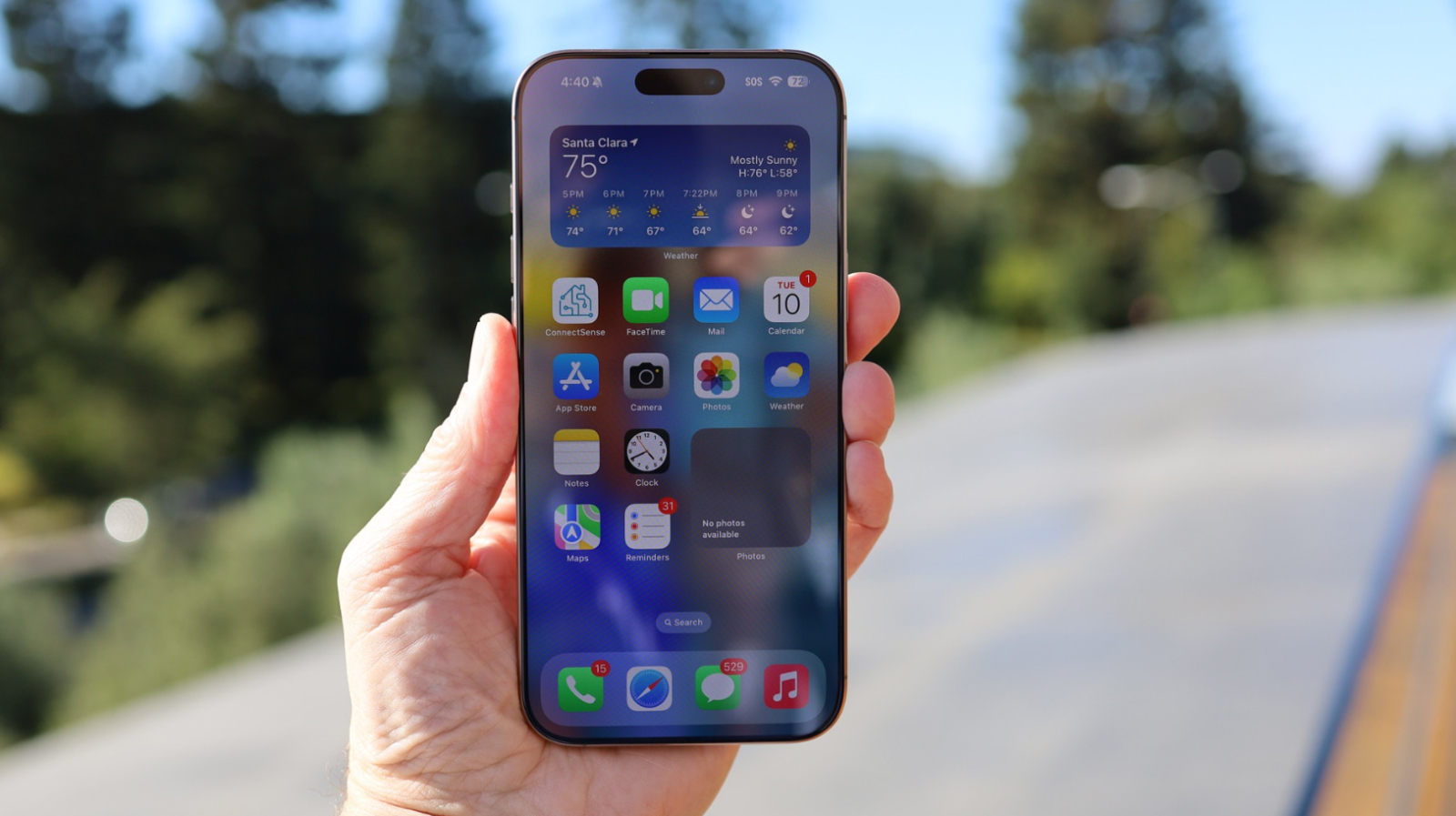
The legal aspect of this comeback cannot be ignored. Apple’s redesign of the SpO₂ measurement and processing process seems to be in line with US legal standards, especially after the technology copyright dispute with Masimo. By moving the calculation to the iPhone, Apple may have found a technical solution that is both legally compliant and maintains the user experience, thereby strengthening the legal position of future health products.
3. What does restoring SpO₂ mean for Apple Watch users?
For the Apple Watch community, especially those who are used to using the watch as a dedicated health monitoring device, the recent loss of the blood oxygen level measurement feature is a big loss. The SpO₂ index is a key physiological parameter, reflecting the level of oxygen saturation in the blood, a factor directly related to respiratory capacity, cardiovascular function and many other pathological conditions.
At a basic level, SpO₂ helps determine whether the body is receiving enough oxygen to maintain normal functioning. But at a more advanced level, abnormal fluctuations in this index can be an early warning sign of dangerous conditions such as respiratory failure, chronic obstructive pulmonary disease (COPD) or sleep apnea. In the context of modern medicine, early detection of these problems can help patients proactively seek timely examination and treatment, avoiding serious complications.
When this feature was disabled, many people, especially professional athletes, the elderly or patients with a history of respiratory diseases, had to resort to independent SpO₂ measuring devices. This was not only inconvenient because of having to carry multiple devices, but also lost the continuity of health data that was stored and analyzed synchronously by the Apple Watch.
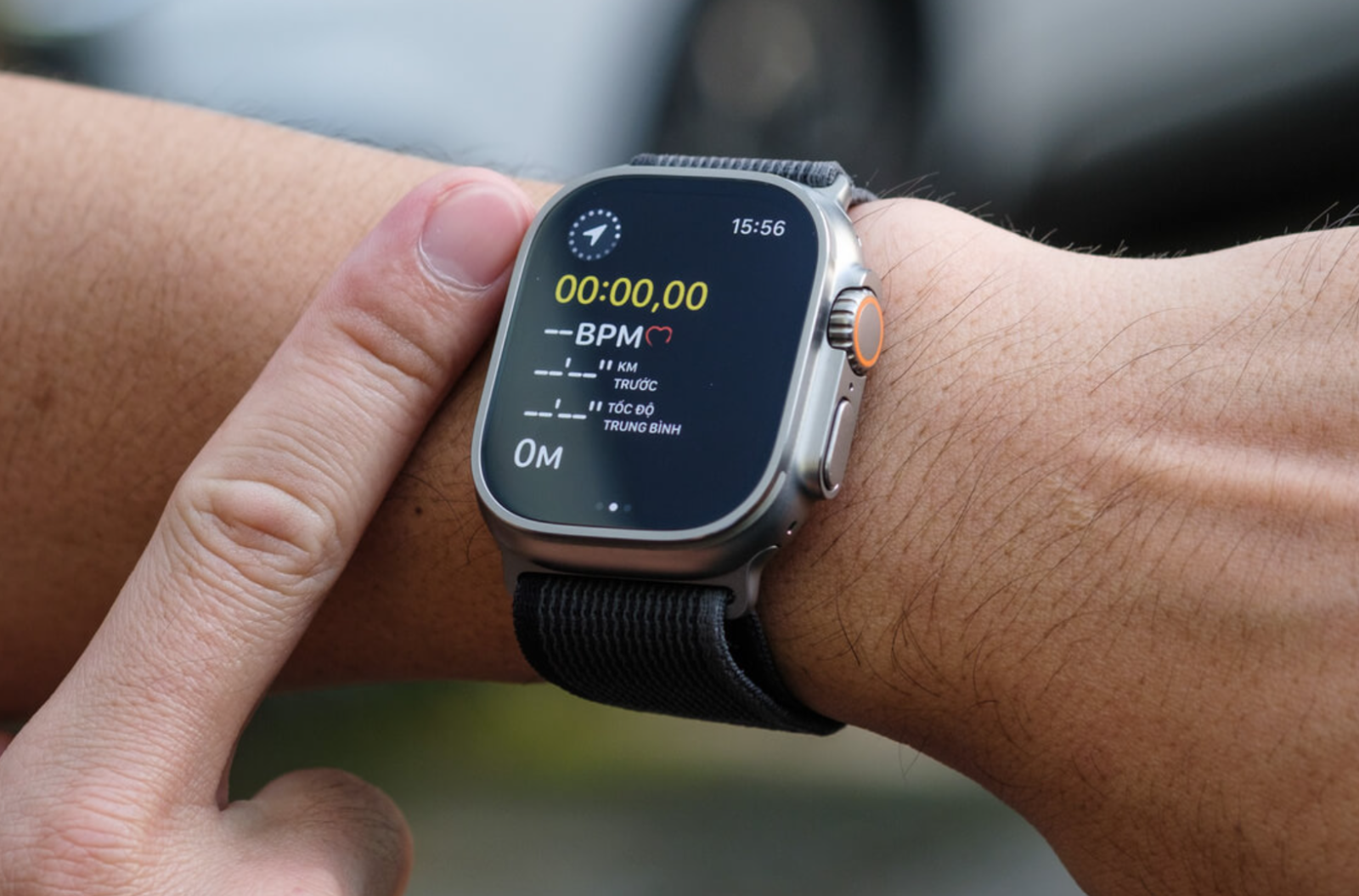
The return of SpO₂ is not simply a “return” of a lost feature, but also reaffirms the position of Apple Watch as a comprehensive health monitoring platform. When combining SpO₂ data with other parameters such as heart rate, electrocardiogram (ECG), VO₂ Max, exercise data and sleep, users can have a multi-dimensional health picture, thereby making healthier and more scientific living decisions.
4. Apple's new direction in digital health
According to Bloomberg, Apple is preparing to launch the Apple Watch Series 11 with a new health feature: blood pressure monitoring. Notably, this technology is said to work in a similar way to measuring SpO₂, using optical sensors to analyze changes in blood vessels, thereby deducing blood pressure index without the need for an inflatable cuff like traditional measuring devices.
This opens up a huge potential: instead of just providing instantaneous readings, Apple seems to want to focus on tracking the trend of a user’s blood pressure over time. With enough data, the watch could detect unusual fluctuations and send early warnings of potential hypertension, hypotension, or cardiovascular problems. This is a major step forward in the field of preventive healthcare, where technology goes beyond just recording current conditions to predicting and preventing risks.
Along with blood pressure, Apple is also said to be working on upgrading its sleep apnea detection feature. By combining SpO₂, heart rate, and body movement data, the system can provide a more comprehensive analysis of sleep quality and related health risks. With these improvements, the Apple Watch is no longer simply a wearable technology device but is gradually becoming a “personal health assistant” that always accompanies users.
5. Licensing issues and the role of the FDA
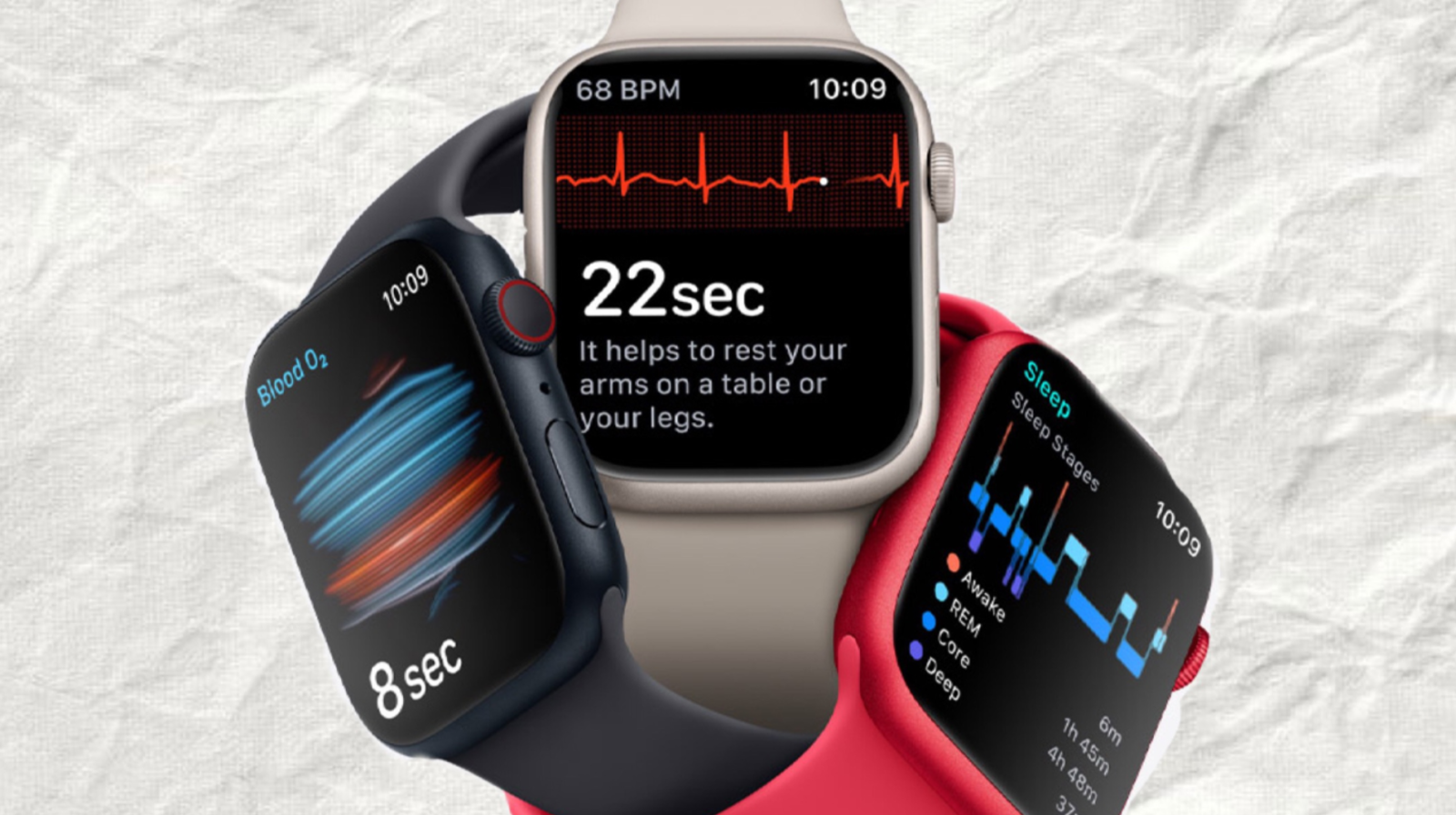
It’s important to note that most of the health sensors on the Apple Watch, including the future SpO₂ and blood pressure, are not yet approved by the US Food and Drug Administration (FDA) as official medical devices. This means that the data collected from the Apple Watch is for reference and support purposes only, and cannot be used as a substitute for medical diagnosis or treatment.
However, that does not diminish the practical value of these features. Many users still see the Apple Watch as a daily health monitoring tool, helping them to detect abnormalities early enough to see a doctor in time. Apple's continuous improvement of algorithms and expansion of health features shows that the company is gradually moving towards its goal of turning its wearable device into a trusted "personal medical assistant".
iOS 18.6.1 and watchOS 11.6.1 are more than just regular software updates. They mark the return of a major health feature, close a contentious chapter in the legal battle between Apple and Masimo, and open the door for more innovation in the digital health space.
With its strategy of improving technology that combines data processing on iPhone and Apple Watch, Apple is showing that it is not only interested in restoring the feature but also taking the opportunity to upgrade the experience and prepare for more advanced health features. The return of SpO₂ to Apple Watch in the US will give millions of users a useful tool to monitor their health on a daily basis, as Apple continues to move towards its goal of turning its wearable into a comprehensive personal health management center.












































